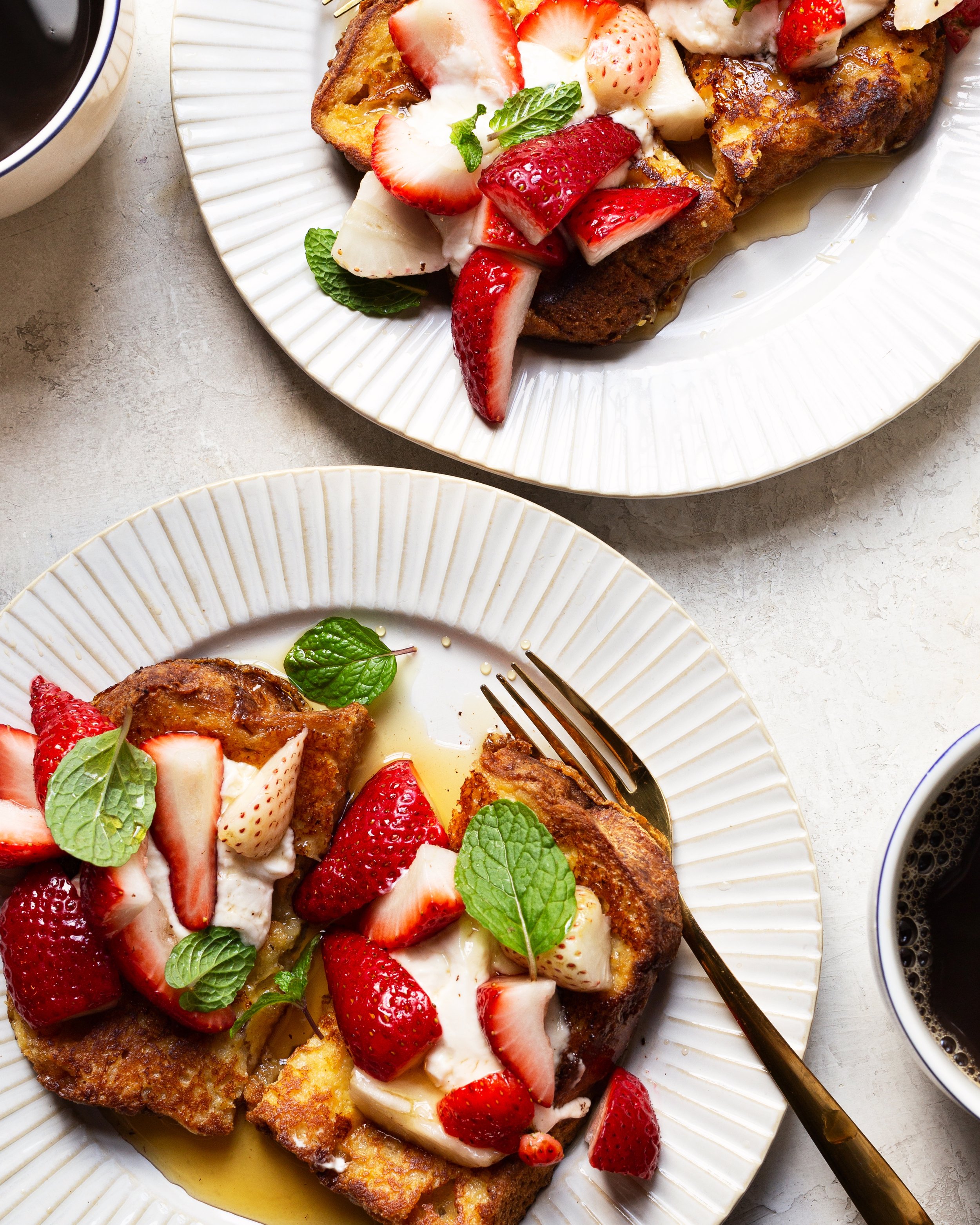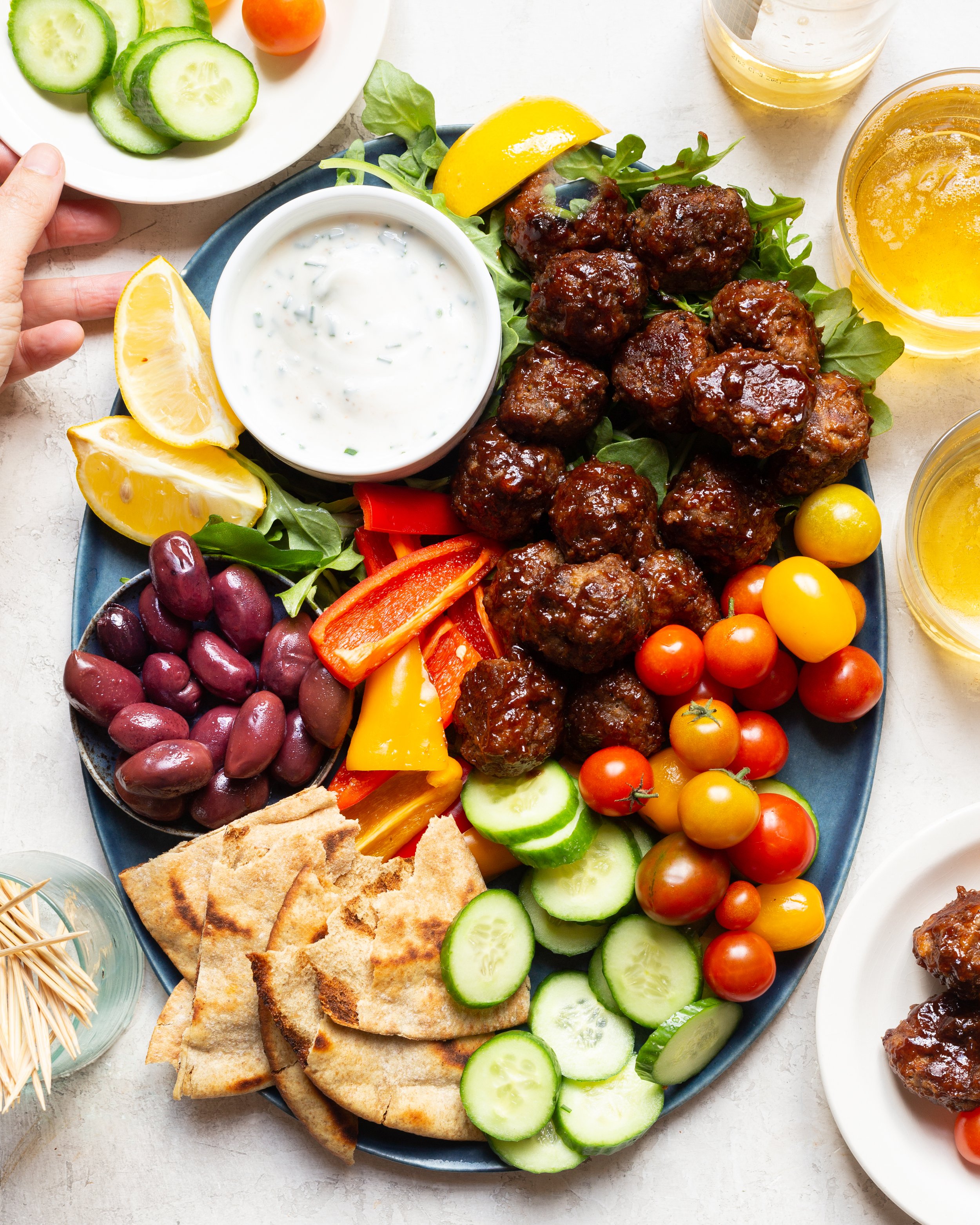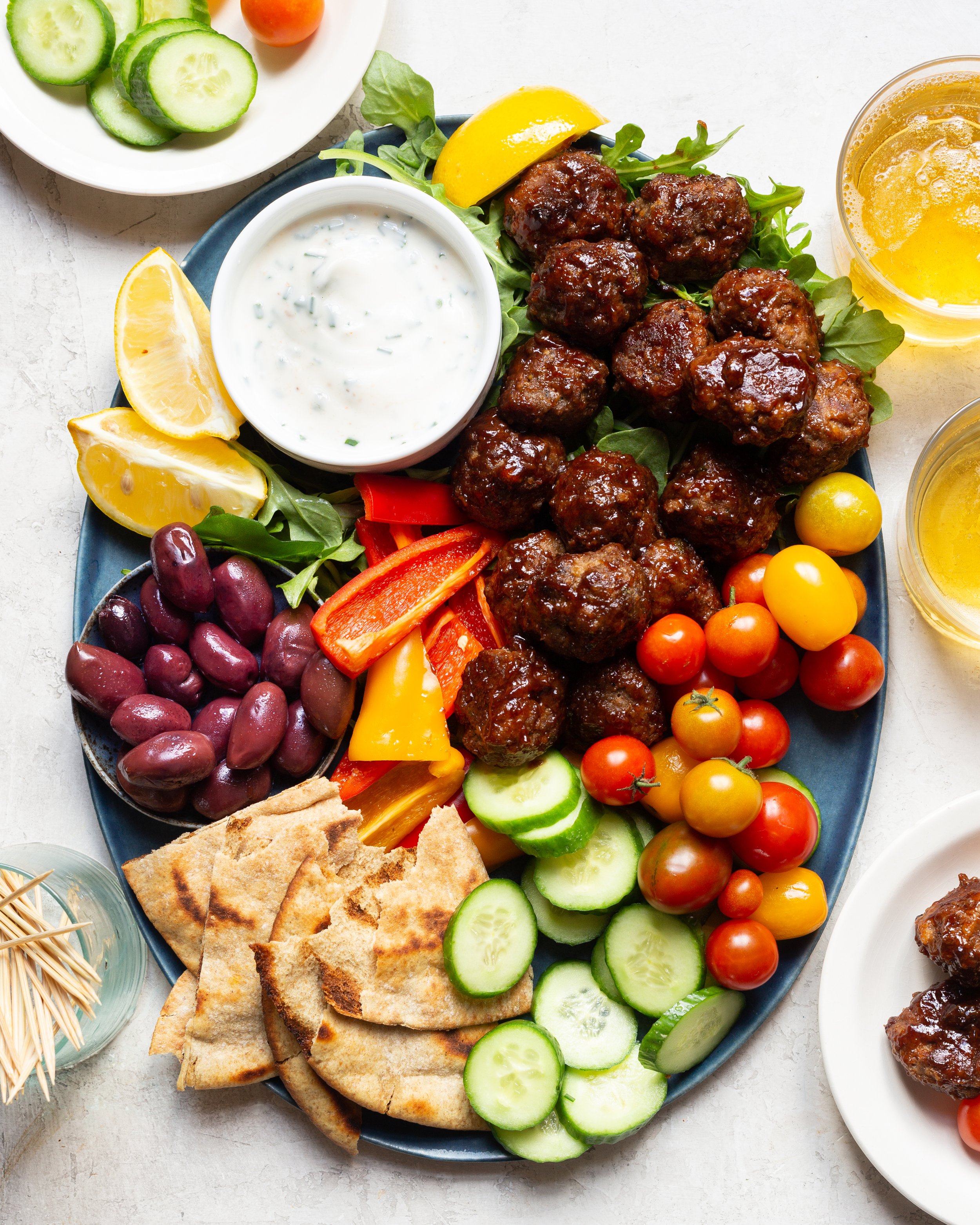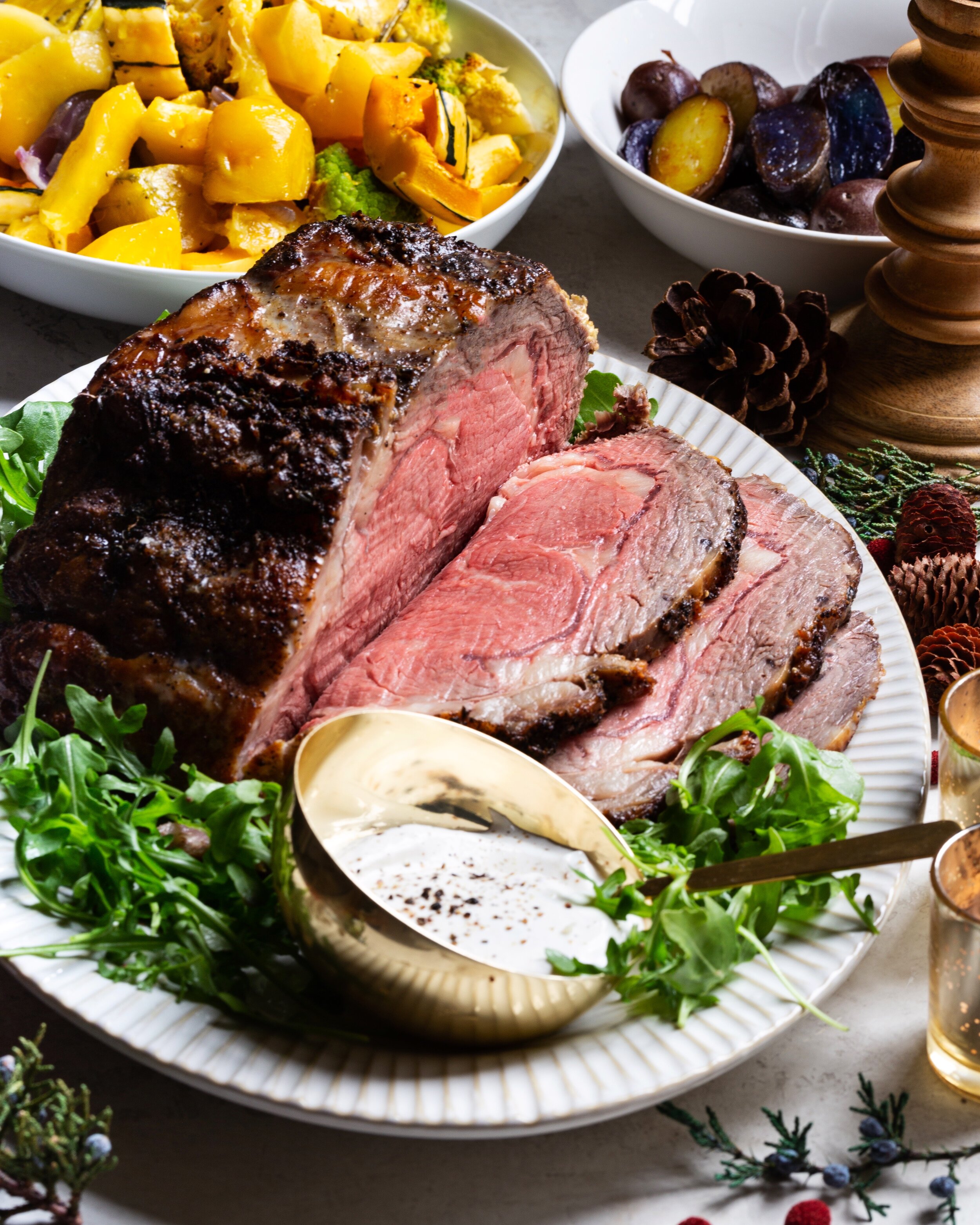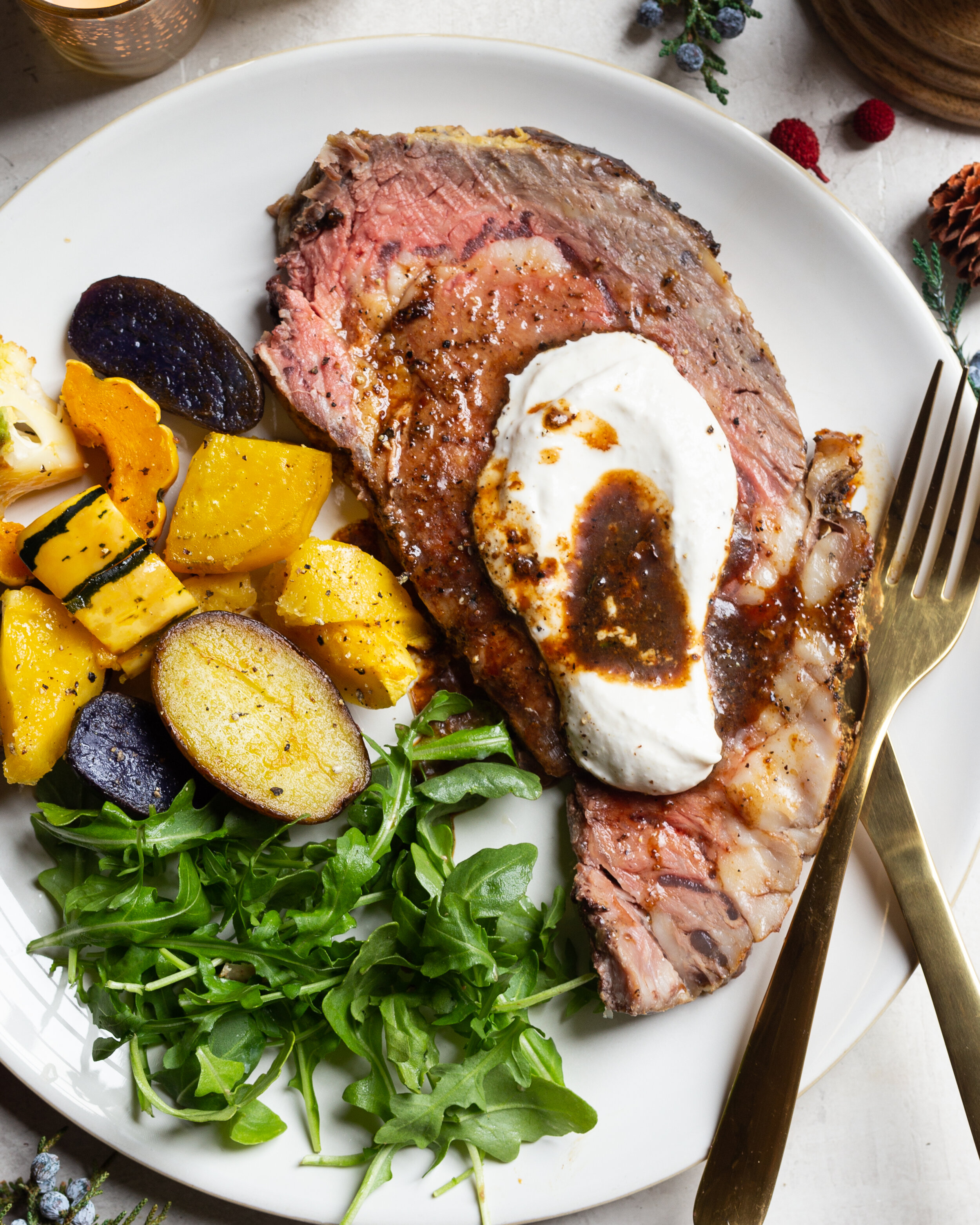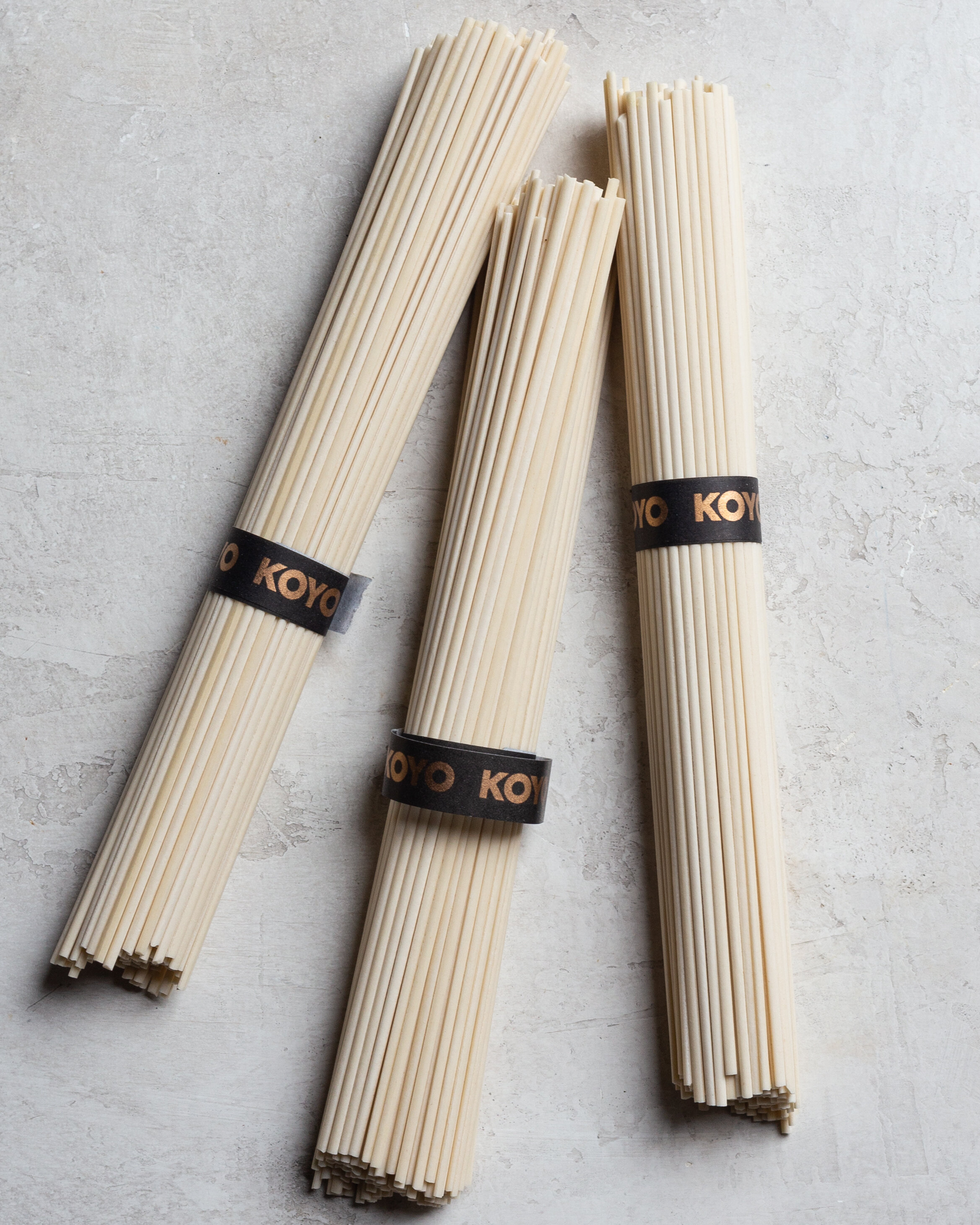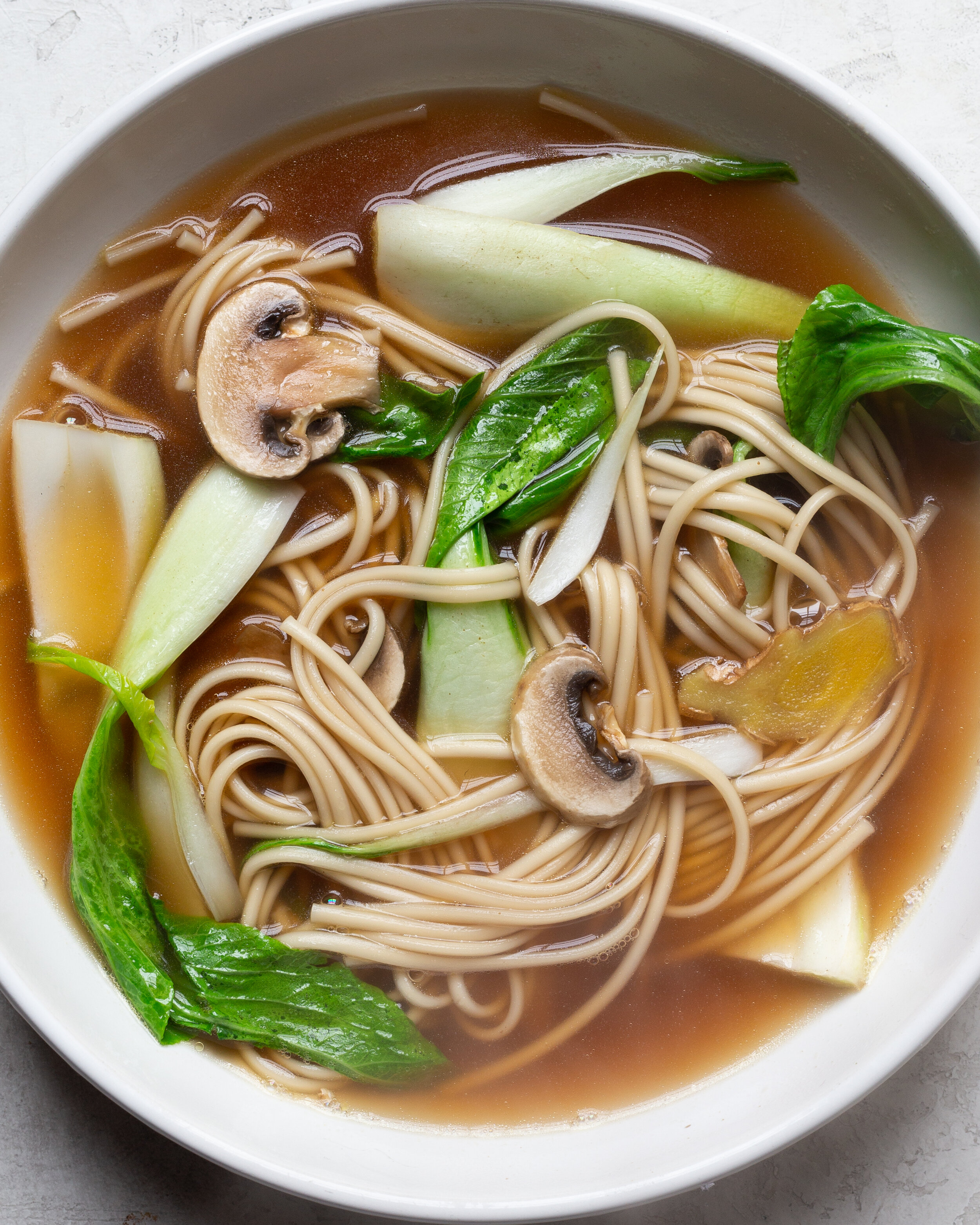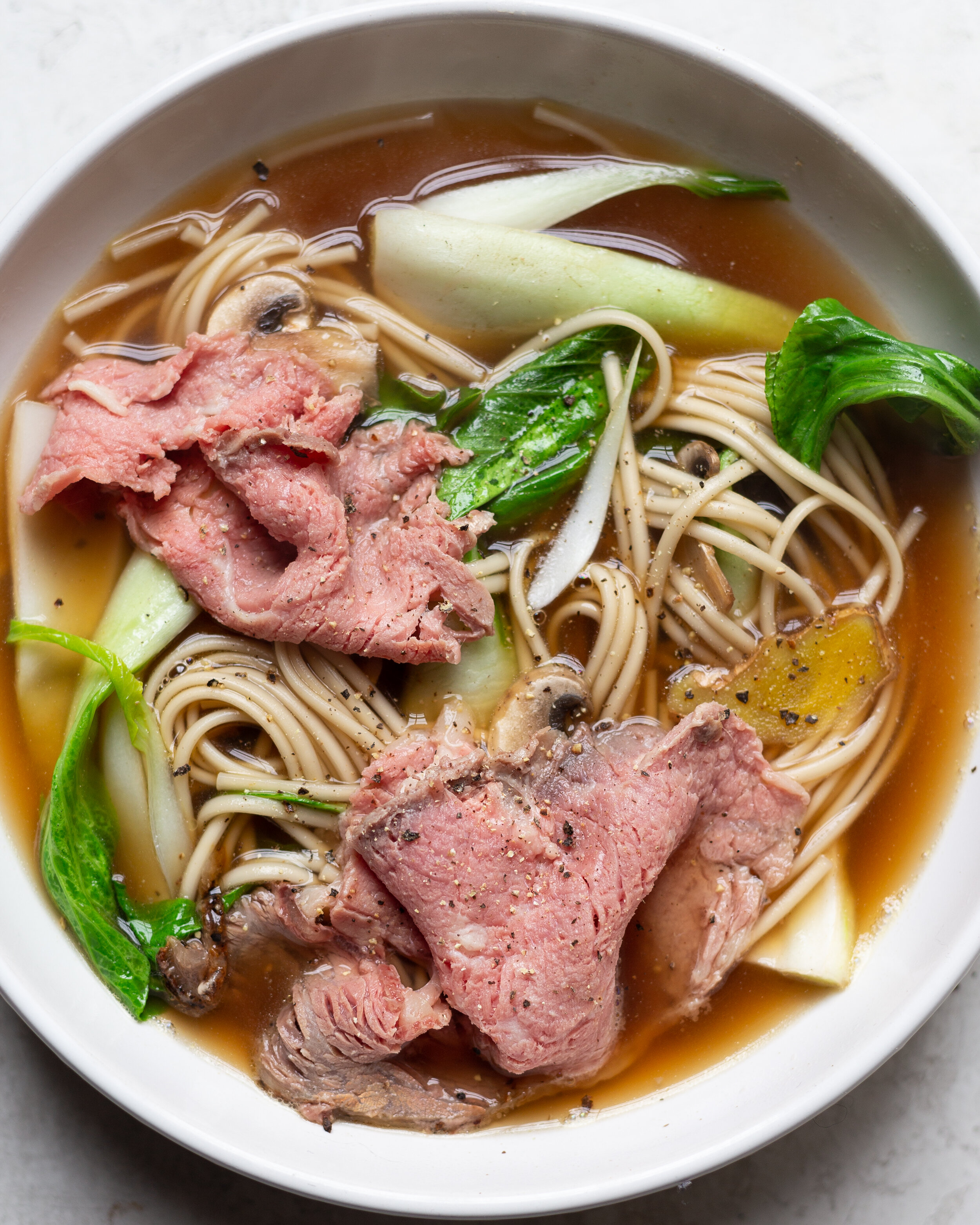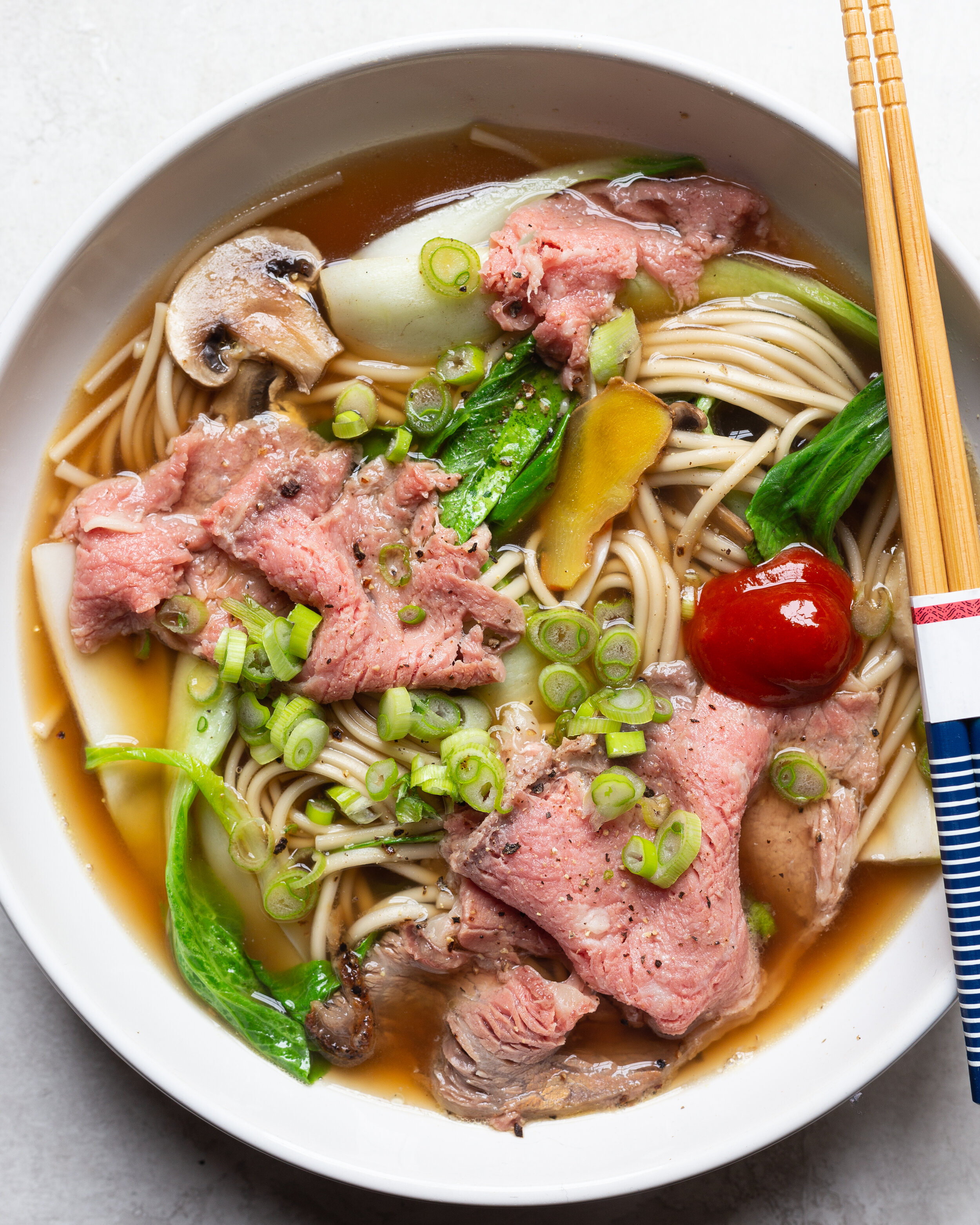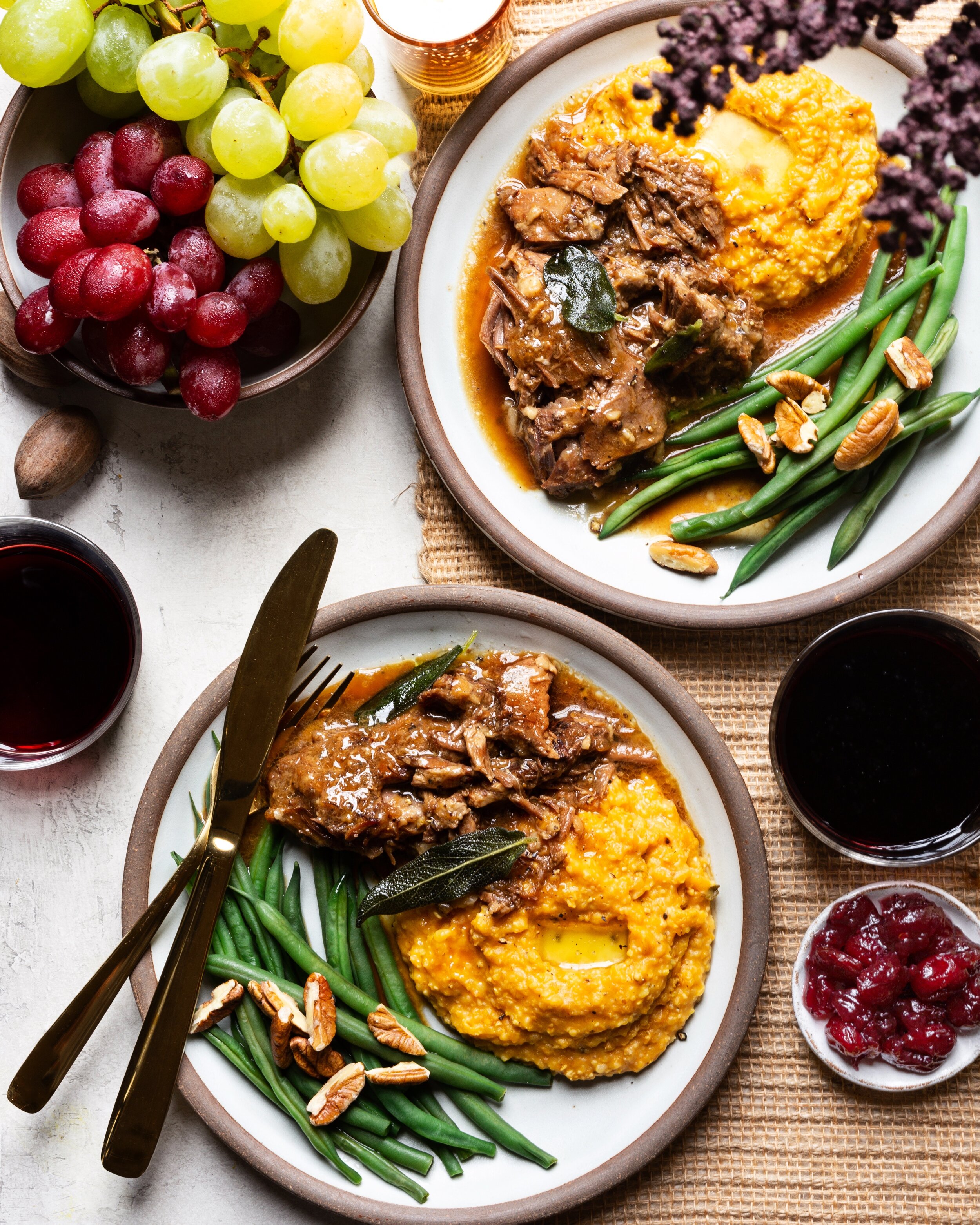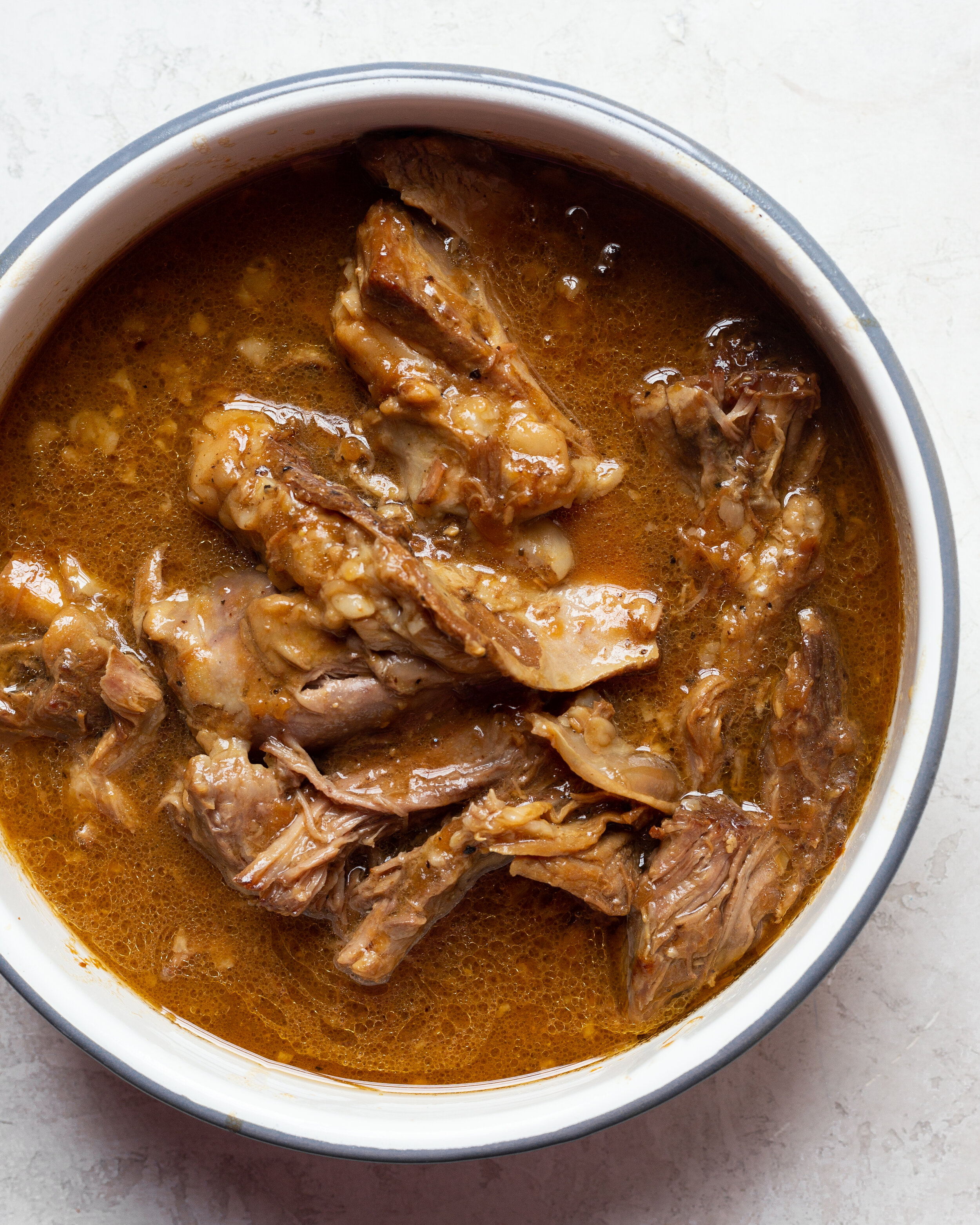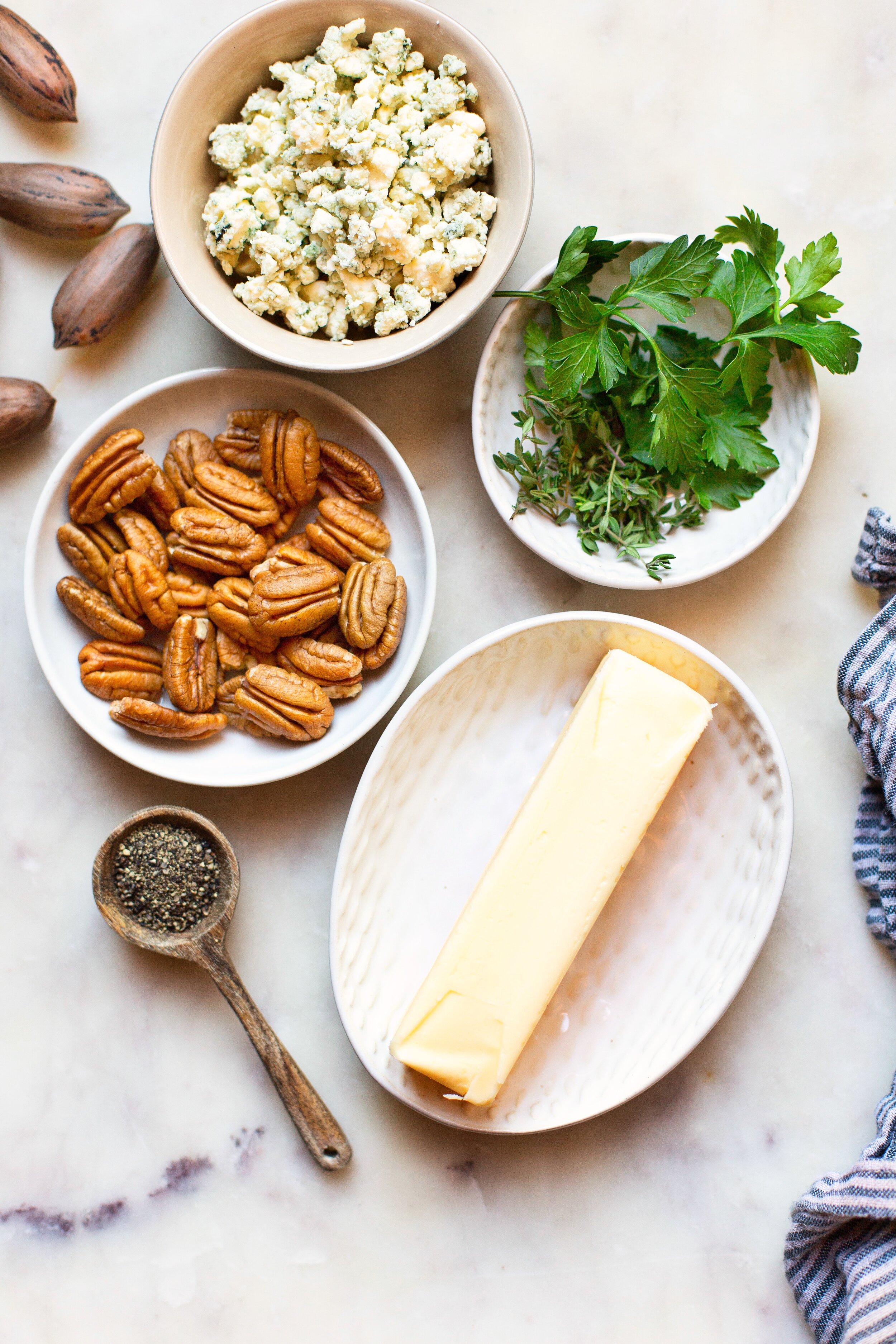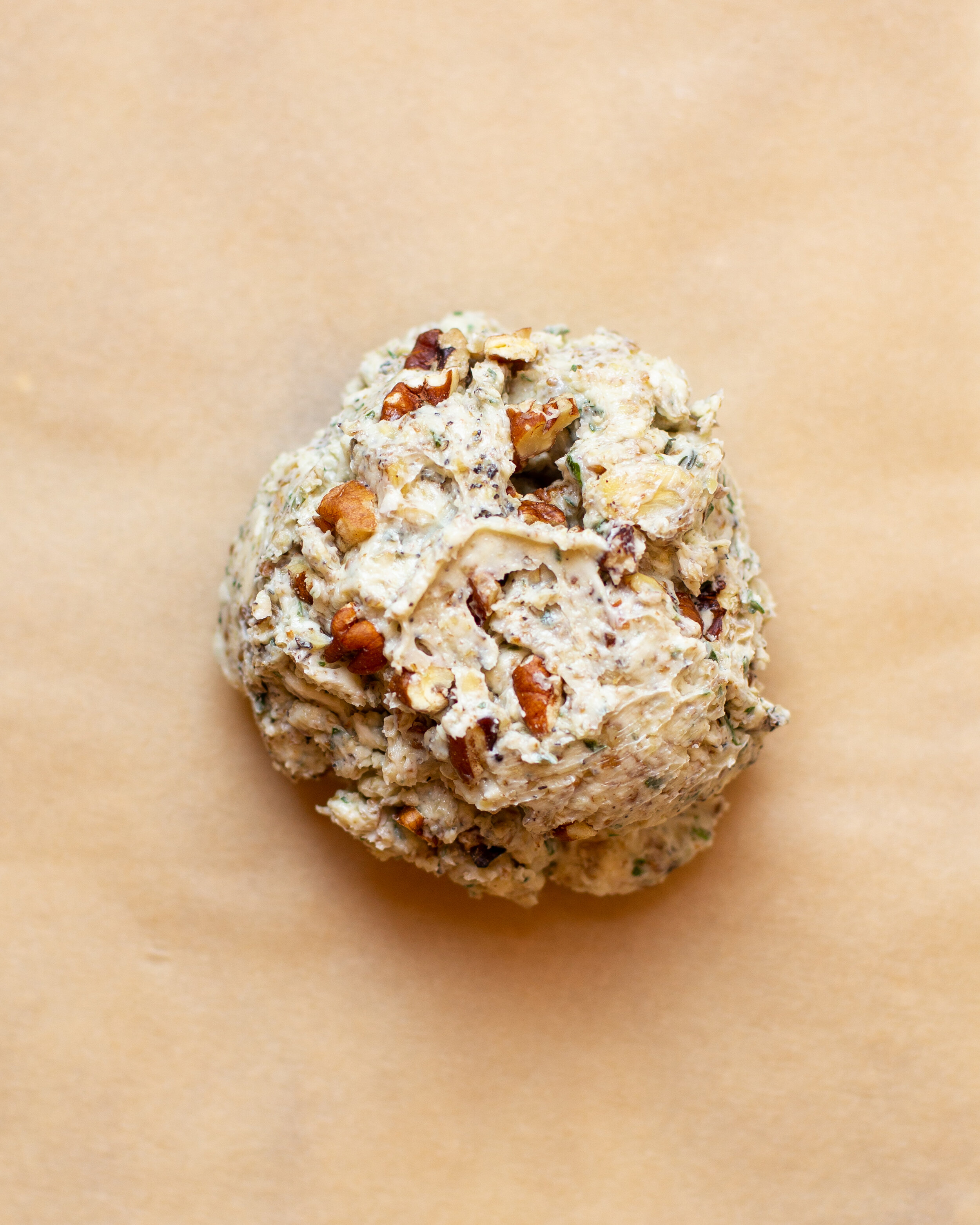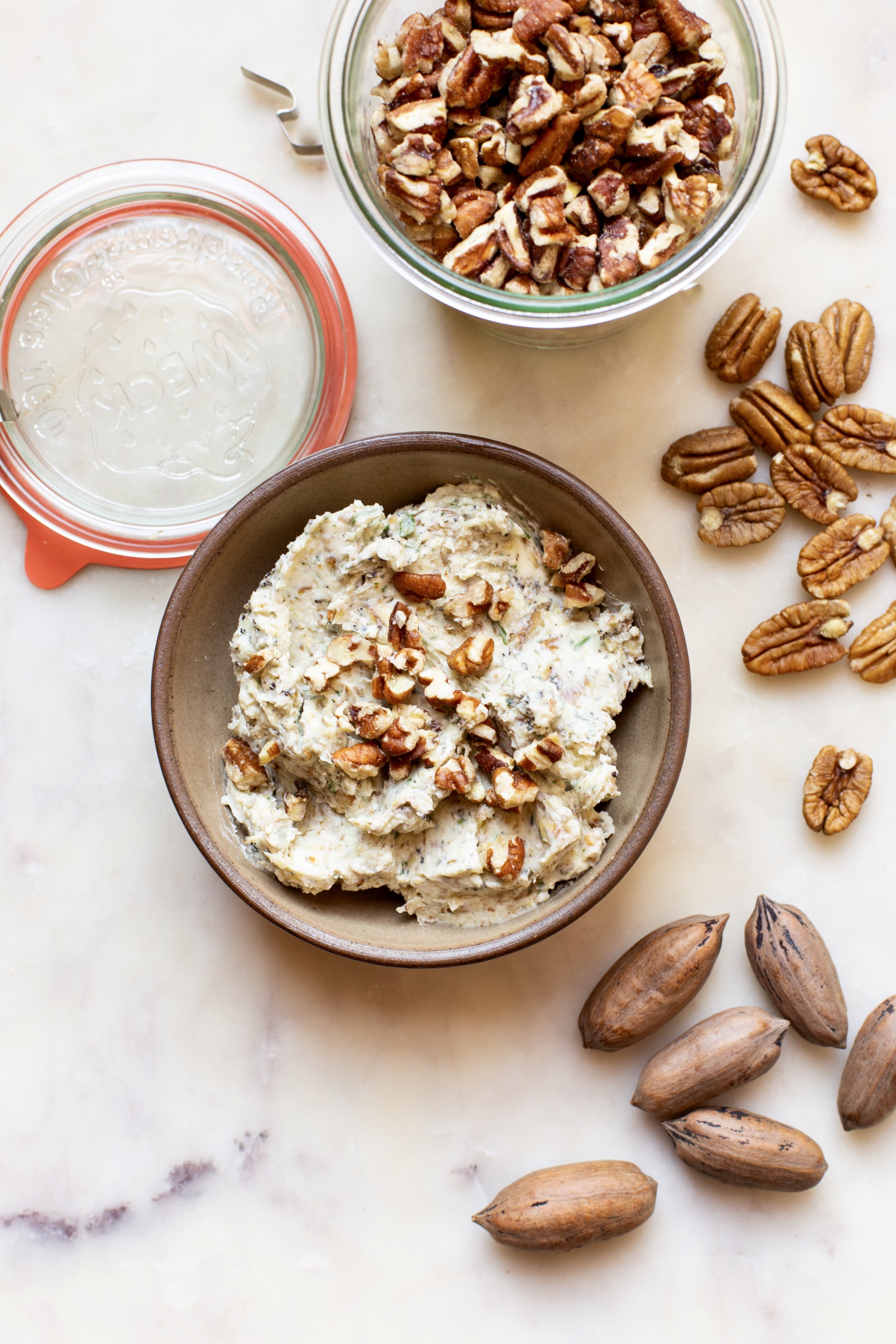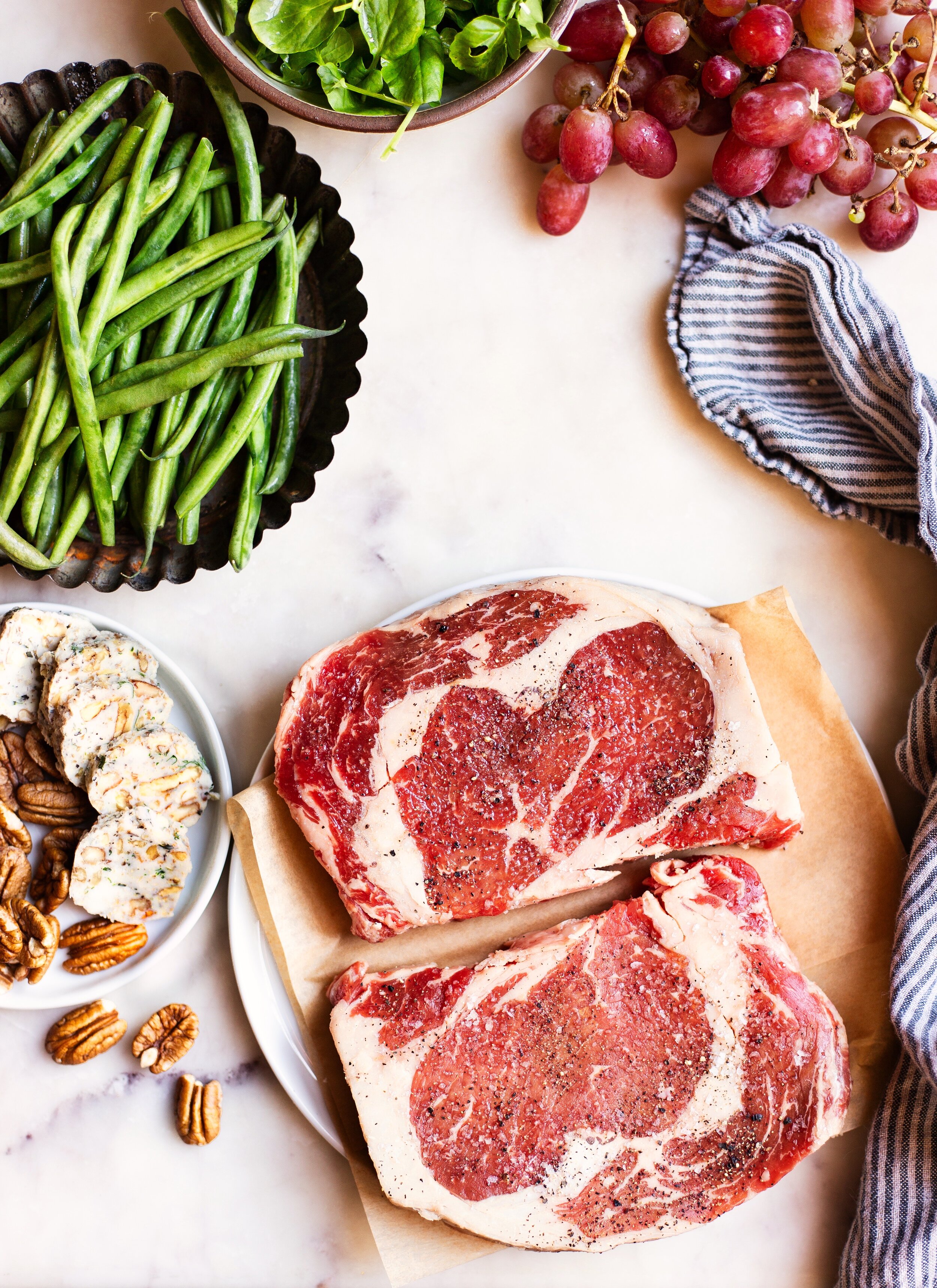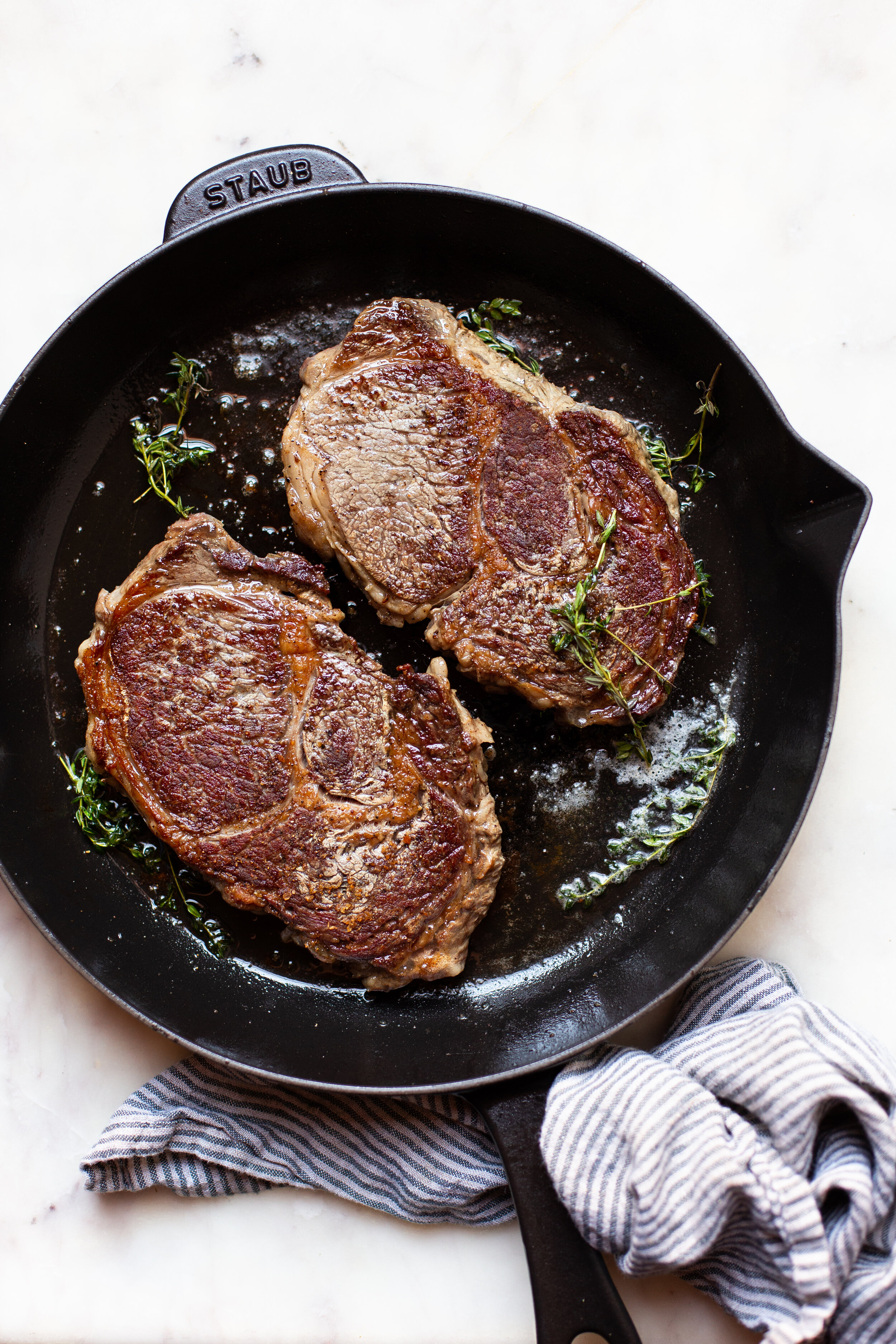Boozy Strawberry French Toast
Since tomorrow is Saint Patrick’s Day here’s a little anytime snack that I make with Bailey’s Irish Cream Strawberry Liquor and fresh Louisiana strawberries. The bread is panettone, an Italian sweet bread from Milan that goes on sale after the holidays when people have had their fill of holiday sweets. That’s when I swoop in and buy them for $5 instead of $20. These are the kind of things my mom taught me to do, and the freezer is definitely your friend when it comes to buying on sale. It’s March and I can just defrost a loaf at my convenience for this French toast. I cut the panettone into thick slices, then soak the bread briefly in a mixture of Bailey’s, eggs, and cream. They only need 2 minutes per side in a large skillet (make sure it’s non-stick or well-seasoned because the Bailey’s tends to stick a little, not much though, and nothing that a little nudge with an offset spatula can’t remedy). I top my French toast with some skyr, an Icelandic cultured dairy product with a milder flavor than yogurt. My husband DJ isn’t a fan of skyr (too sour?) so I mix a little maple syrup into his, but I like the contrast in flavor with the sweet toast. This recipe serves 4 but can easily be doubled to make more.
Boozy Strawberry French Toast
Yield: 4 servings Prep Time: 10 minutes Cook Time: 10 minutes
3/4 cup heavy cream
1/2 cup Bailey’s Irish Cream Strawberry
2 large eggs
1 teaspoon pure vanilla extract
2 cups quartered fresh strawberries
1/4 cup pure maple syrup
4 tablespoons salted Kerrygold butter (I like the slight saltiness to balance the flavors, the choice is yours!)
4 thick slices of panettone or brioche bread (1-inch thick)
1/2 cup skyr or plain yogurt
fresh mint leaves, for garnish
In a large shallow bowl, whisk together the cream, bailey’s, eggs, and vanilla until well combined and smooth.
In a separate bowl, stir together the strawberries and maple syrup.
Melt 2 tablespoons of the butter in a large non-stick skillet over medium heat. Soak each slice of bread in the cream mixture for 30 seconds per side, and working in batches of 2, add the soaked bread and cook until golden brown on both sides, about 2 minutes per side. Melt the remaining 2 tablespoons of butter in the skillet before cooking the other two slices.
Transfer the French toast to 4 serving plates and top each slice with a dollop of skyr. Spoon the strawberries on top, and garnish with mint. So easy. Enjoy.
Notes: You can add chopped toasted nuts for crunch, and if you don’t have the strawberry Bailey’s then any kind will do. Swap out the fruit according to what’s on your kitchen counter or in your fridge.

